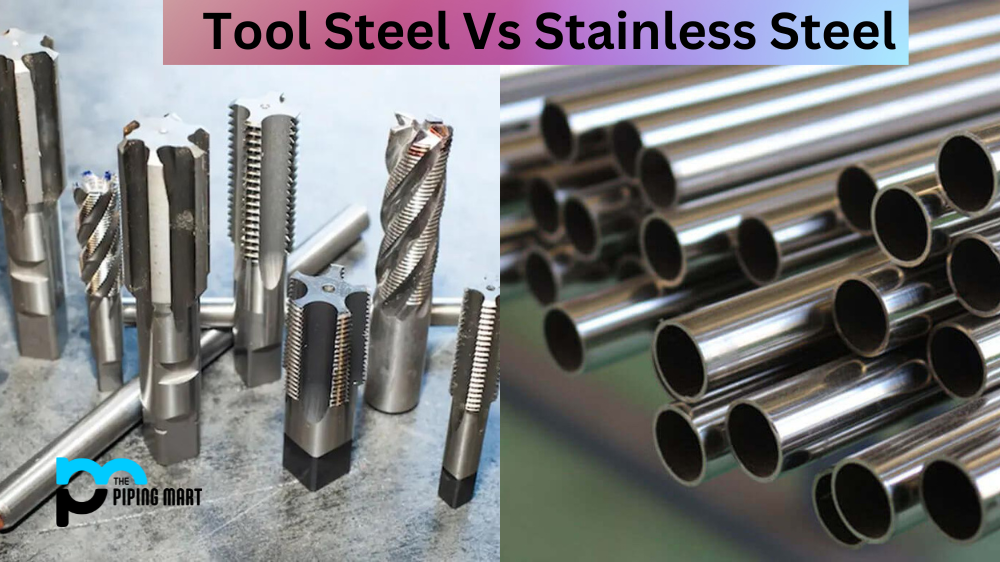Spot welding is a popular method for joining multiple pieces of metal together. Many people assume you need a welder to spot weld, but there are ways to achieve the same result without one. In this blog post, we’ll look at how to spot weld without a welder and provide tips for getting the best results.
Basics of Spot Welding
Spot welding is an efficient way to join two pieces of metal together. It works by introducing pressure between the two pieces of metal and then running an electric current through them. This causes the metals to heat up and join in fusion welding. The pressure helps ensure that the two pieces of metal remain firmly joined together once the weld has cooled.
Spot Welding Without a Welder
While it is possible to spot weld without a welder, you will need specialized tools and materials to do so effectively. To start with, you will need two pieces of metal that are both flat and relatively thin (no thicker than 18 gauge). It would help if you also had some steel or copper clamps that can be tightened around the edges of each piece of metal, as well as some welding flux (a combination of borax, silica sand, sodium chloride, and potassium chloride). Finally, you will need an electric drill with either a 1/4 inch or 5/16 inch bit attached.
Once you have all your materials ready, begin by setting up your work area so it is well-ventilated—spot welding can create noxious fumes if done indoors! Now place your two pieces of metal on top of each other and use your clamps to hold them securely. Please ensure they are flush against one another before continuing to the next step. Once everything is secure, apply some flux along the edges where they meet up—this will help ensure that your welds are strong when they cool down. Finally, use your drill bit to create small holes along the edges where they meet up—this allows electricity from the drill battery to flow through them during the welding process.
Welding Tips & Tricks
When spot welding without a welder, it’s important to be mindful of how long you run electricity through each joint—if it’s too short, then your weld won’t be strong enough; if it’s too long, then you risk damaging or melting away parts of your workpiece. Aim for 3-5 seconds per joint, depending on its size and thickness; this should be sufficient time for your metals to fuse appropriately while avoiding unnecessary damage. Also, remember not to force too much pressure onto your metals as this could cause them to warp or bend outwards; let gravity do most of the work, as this usually yields better results overall! Lastly, don’t forget about safety—ensure that any tools or materials used during this process are kept away from open flame sources at all times!
Conclusion:
Spot welding can seem intimidating if you don’t have access to professional equipment such as an arc welder—but it doesn’t have to be! With just some essential tools and materials such as steel clamps, flux, and an electric drill with a bit attached, anyone can learn how to spot weld without needing specialized training or experience in welding techniques. Just remember these few tips & tricks for getting great results every time: keep track of how long you run electricity through each joint (3-5 seconds per joint), don’t force too much pressure onto your metals & keep any tools or materials away from open flames sources while working! Following these guidelines will make spot welding without a welder simple and stress-free!
Meet Heer, a dynamic and driven writer learning tricks of her trade in the metal industry. With a background in Digital Marketing, Heer brings a unique perspective to her writing, sharing valuable insights. Apart from blogging she like reading and hiking.




